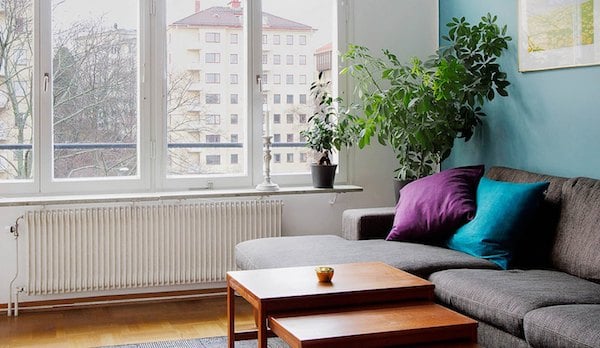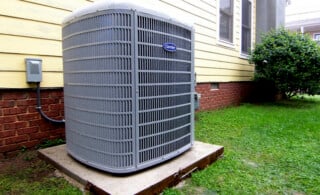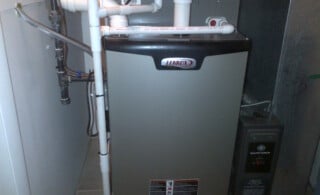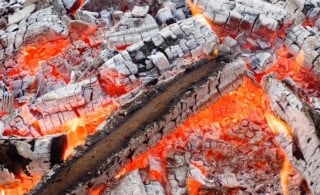
Hot water and steam radiator systems have been used in many colder climates to heat homes for more than a century. These systems provide excellent heat that is cost-effective and, some say, more comfortable than other more modern systems. The continued use of original steam and hot water radiators today is a testament to their durability, as well as their aesthetic appeal.
Steam vs Hot Water Radiators
Steam radiators and hot water radiators are very similar, so much so that in many cases they are interchangeable. Many homes have been converted from steam to hot water heating systems (and vice versa) without having to change the actual radiators.
The most obvious difference between the two is that a hot water radiator is always equipped with two connections: hot water goes into the radiator on one side, and the cooled water leaves on the other. Steam radiators can have either one or two connectors: hot steam can enter on one side, and condensed water can leave either through the same pipe or through a pipe on the other side.
While it is certainly best to use a steam radiator for steam and a hot water radiator for water, in some cases a switch between the two will require only a few simple operations.
Ready to start your radiator?
Find ProsHot Water and Steam Radiator Problems
Though what flows through them is different, many of the problems of hot water and steam radiators are the same. In fact, aside from a few easily fixable valves and traps, problems with these old radiators are usually not in the radiator itself but in another section of the system.
In systems that have been converted from steam to water or from water to steam, heating problems are often caused not by the radiators themselves but by improper piping leading to and from them. In some cases, it is cheaper and more efficient to replace the gas boiler unit with one compatible with the original piping than it is to properly replace the rest of the system.
Both of these systems can get pretty noisy when a problem occurs. They hiss, clang, leak, and bang to beat the band. These problems are almost always caused by air or water being where it is not supposed to be. These problems, luckily, are almost always fixable: Many times, it takes only a valve or trap replacement. Sometimes these replacements can be done by the homeowner, but, since most people don’t know the inner-workings of their heating system as well as a pro, it never hurts to call in a specialist.
Radiator Covers
No matter what is flowing through your radiator, putting in radiator covers is more than just an aesthetic choice. Radiators provide heat in one portion of a room. To get that heat to spread properly, a cover is often a cost-effective choice. If left uncovered, the heat from your radiator will rise (as heat tends to do) to the ceiling, or possibly be absorbed by the wall behind it. A radiator cover with a reflective backing and a lid will force more heat into the level of the room you occupy, and lessen the amount of heat that is lost to other areas of the room. As an added bonus, they look pretty good, too.
 Air Conditioner Condenser Coil Costs, Repairs & Replacements
Air Conditioner Condenser Coil Costs, Repairs & Replacements  Forced Air Heating Systems – How They Work & Options
Forced Air Heating Systems – How They Work & Options  Consider Wood-Burning Furnaces
Consider Wood-Burning Furnaces  Outdoor Heaters: a Refuge from the Cold
Outdoor Heaters: a Refuge from the Cold 

This article is incorrect in stating that hot water radiators always have two connections; they can indeed have one.
Tubruk, how would you expect water cooled in the radiator to return to the boiler?
Steam systems can be one pipe, but not hot water systems.
Hot water systems can have one pipe supply and return, but the radiator must have two pipes. Hot water “in” & cooler water “out”.